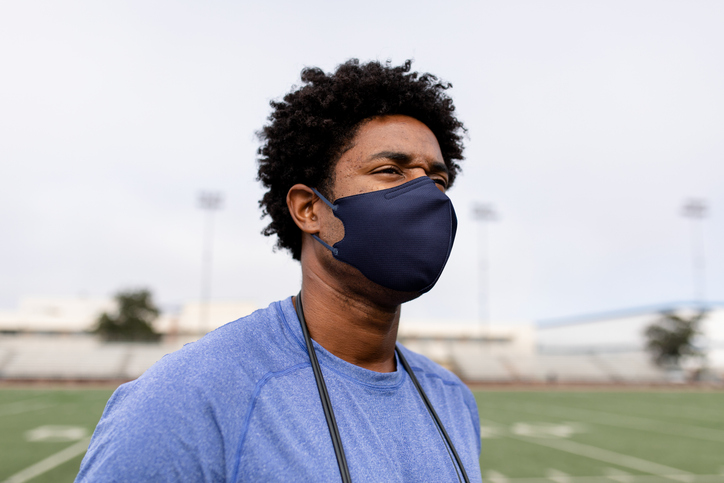Copyright © 2024 Interactive One, LLC. All Rights Reserved.
Trending
Source: Rawpixel / Getty
On July 2, the Center for Disease Control and Prevention (CDC) reported an uptick of COVID-19 cases in 39 states.
Two new strains are responsible for the summer surge. LB.1, accounting for 17.5% of cases and the FLiRT strains – made up of three subvariants of Omicron, KP.1.1, KP.2, and KP.3 – accounting for more than 60% of new cases. Hawaii, California, Arizona, and Nevada currently have the highest concentration of these newly reported infections. It is currently unclear where the strains emerged from. Cases have been reported in several other countries, including Canada and the United Kingdom.
Experts are not alarmed by the latest variations as viruses often mutate. Yale Medicine infectious diseases specialist Scott Roberts, MD, says mutations are confirmation that the SARS-CoV-2 virus remains a bit of a wild card. It is always difficult to predict what it will do next.
However, Dr. Roberts questions whether the newly mutated virus will continue to evolve before the winter, when infections and hospitalizations usually rise. Also, if a new fall COVID vaccine will target them.
Since COVID-19 first entered the scene in December 2019, the full complexities of the virus have remained a mystery. The World Health Organization quickly deemed it a global pandemic due to its virality and acuteness. Though many facts still elude us, experts have determined that people who had severe illness with COVID-19 might experience organ damage affecting the heart, kidneys, skin and brain.
Mutations may also make it easier for the virus to evade people’s immunity. It is not clear how they will weather against defenses built from the vaccine or a previous bout of covid. For this reason it may be more transmissible. However, there is no evidence on if the new strains are more extreme than previous or how symptoms might change. The CDC says severity varies person by person. The particular variant, the strength of one’s immune system, and overall health all play a part in how the body responds to contracting the virus.
The government agency outlines the basic symptoms of COVID-19 on its website. These symptoms can appear between two to 14 days after exposure to the virus and can range from mild to severe.
If you have any of the following symptoms, these are emergency warning signs for COVID-19 and the CDC advises you to immediately seek emergency medical attention by calling 911 or calling ahead to your local emergency facility:
Before getting treated, be sure to notify the phone operator that you are seeking care for someone who has or may have COVID-19. Other preventive efforts can help. You can avoid getting too close to people who are sick, mask strategically, wash hands properly, improve ventilation, and stay aware of COVID transmission levels where you live and work. Additional strategies are available on the CDC website.
What To Know About the COVID-19 Summer Surge was originally published on elev8.com
Rest In Power: Notable Black Folks Who We’ve Lost In 2024
Black Barbershop Owner Attacked By Donald Trump After He Claimed He Was Misled About “Blacks For Trump” Event
Reality Star KeKe Jabbar’s Cause of Death Revealed
Lil Durk’s 10 Year Old Son Allegedly Shoots Stepfather
What's a 'Black Job'? Social Media Reacts to Trump's Presidential Debate Remarks
The Fashion Hits and Misses from the 2024 BET Awards
Essence Fest: Maxine Waters Reminds Us Who Trump Really Is While Kamala Keeps Her Cool
Unashamed Desire: The Stigma Christian Women Face For Wanting Marriage
We care about your data. See our privay policy.

